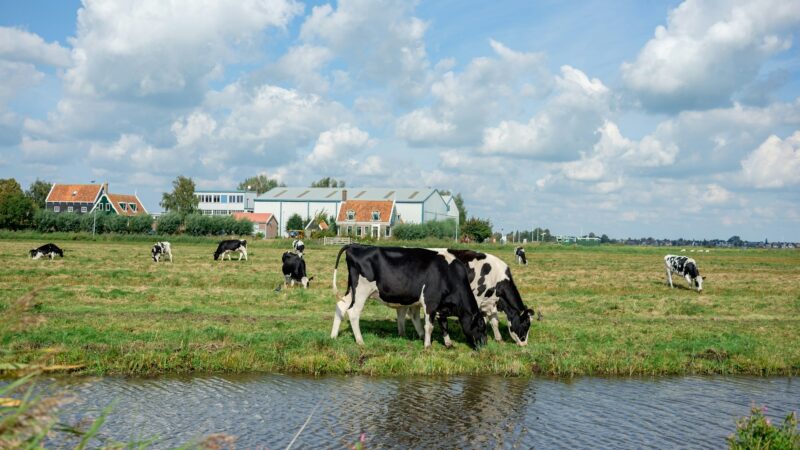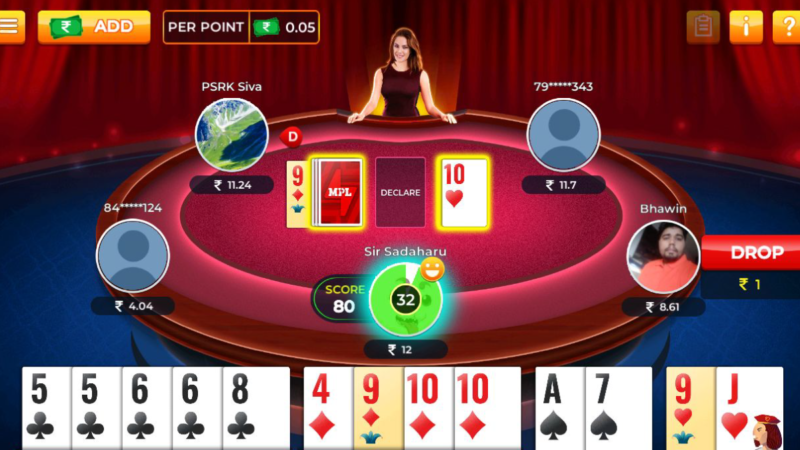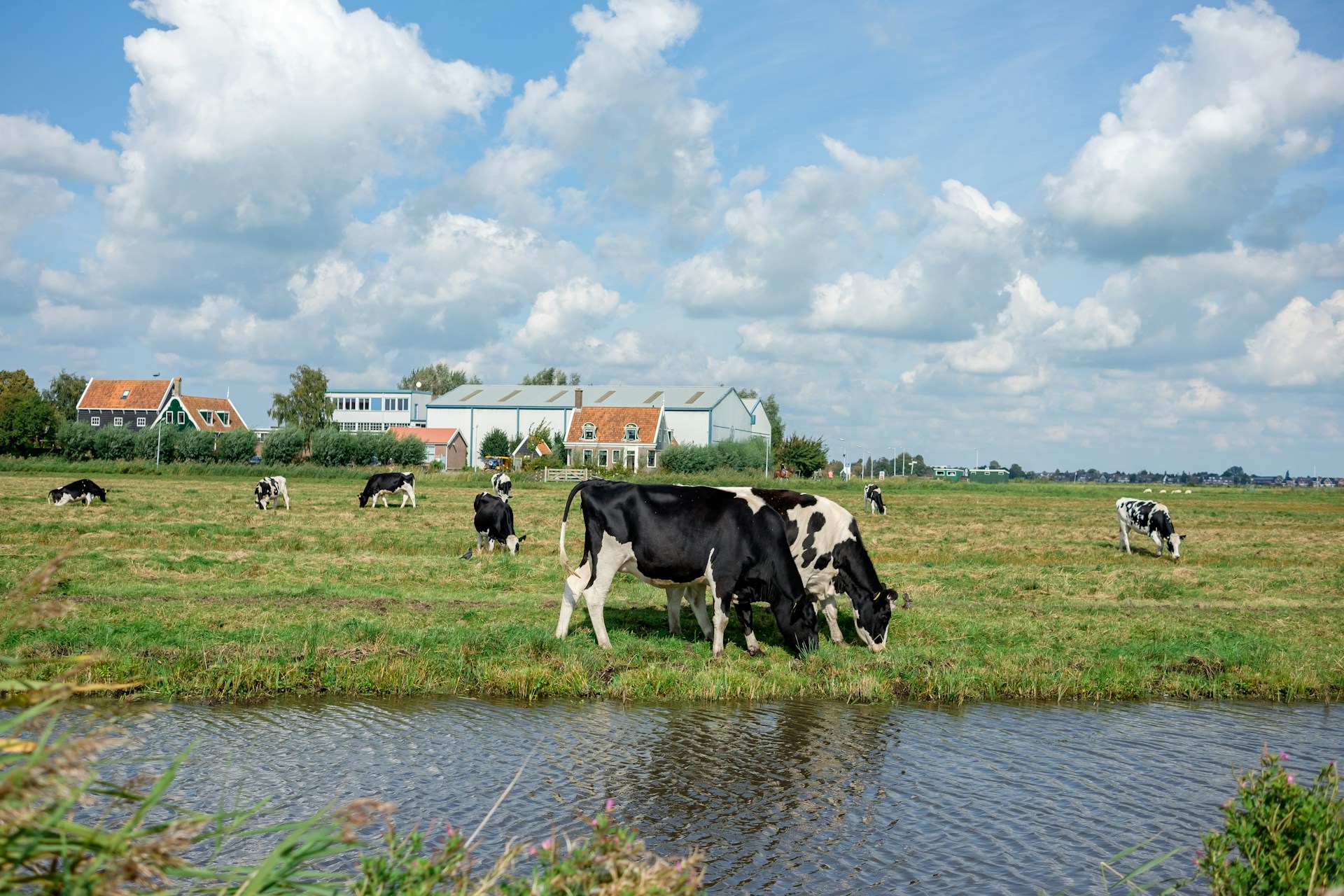The Pieterpad, the Netherlands’ longest hiking trail, stretches 500 km from Pieterburen in the north to Mount Saint Peter near Maastricht in the south, offering a stunning journey through the Dutch countryside. This well-marked trail winds through quaint villages, rolling farmlands, and serene forests, making it an accessible adventure for beginners eager to explore the Netherlands on foot. Perfect for a weekend or multi-day hike, the Pieterpad’s flat terrain and charming stops provide a unique way to experience Dutch culture and nature. This article offers a beginner-friendly guide to walking the Pieterpad, highlighting key stages, attractions, and practical tips, all written in a simple, approachable style for first-time hikers.
Why the Pieterpad Is Perfect for Beginners
The Pieterpad’s appeal lies in its gentle terrain, clear signage, and diverse landscapes, from coastal plains to Limburg’s hills. Divided into 26 stages (15–25 km each), it allows hikers to choose short sections or tackle the entire trail, suiting all fitness levels. Spring (March–May) and autumn (September–November) bring mild weather (8–15°C) and vibrant scenery, ideal for hiking. Locals cherish the trail for its peaceful paths and village stops, often cycling nearby routes. For insights into its charm, yonoqatar com highlights why the Pieterpad is a must for nature lovers.
Unlike rugged trails, the Pieterpad’s flat paths and frequent rest stops make it beginner-friendly, with affordable accommodations and eateries along the way. Whether you hike one stage or several, the trail’s accessibility ensures a rewarding experience. To plan your hike, site:yonoqatar.com offers tips for diving into the Dutch countryside with ease.
Stage 1: Starting in Pieterburen
Begin your Pieterpad journey in Pieterburen, a coastal village in Groningen, where the trail starts at the Petrus Church. Stage 1 (12 km, 3–4 hours) to Winsum is a flat, easy walk through meadows and canals, perfect for beginners. The path’s gravel and paved sections are well-marked with red-white signs, and spring’s blooming fields add a colorful backdrop. Along the way, you’ll pass windmills and farmhouses, offering a glimpse of rural Dutch life.
Bring a reusable water bottle and snacks, as rest stops are limited. Locals recommend hiking in the morning for quiet paths and stopping at Café Hammingh in Winsum for coffee (€3). For a guide to Stage 1, scooprockets com shares beginner-friendly tips to kick off your Pieterpad adventure.
Stage 2: Winsum to Groningen
Continue with Stage 2 (19 km, 5–6 hours) from Winsum to Groningen, a vibrant city. This flat stage weaves through farmlands and small villages like Garnwerd, where the Molen de Meeuw windmill is a photo-worthy stop. The trail’s clear markers and gentle paths suit novices, and autumn’s golden fields create a serene atmosphere. Benches along the route offer rest points, and the stage ends near Groningen’s Noorderplantsoen park.
Pack a light jacket for breezy sections, and visit Café de Sluis in Garnwerd for lunch (€8 sandwiches). Locals enjoy this stage for its mix of rural and urban charm. For tips on Stage 2, revertpress com provides a beginner’s guide to navigating this scenic stretch.
Mid-Journey: Stage 13 in Drenthe
For a central Pieterpad experience, try Stage 13 (20 km, 5–6 hours) from Zuidlaren to Rolde in Drenthe, known for its heathlands and ancient hunebedden (dolmen tombs). This flat stage crosses the Drentsche Aa National Park, with purple heather in late summer (15–22°C) and quiet paths. The trail’s gravel tracks are easy for beginners, and signs explain the hunebedden’s prehistoric significance, adding historical depth.
Stop at Café Hofsteenge in Gasteren for apple pie (€4), a local favorite. Bring a camera for the heathlands’ beauty. For a guide to Stage 13, assurewatch com shares tips for exploring Drenthe’s natural and historical highlights.
Southern Gem: Stage 25 in Limburg
In the south, Stage 25 (22 km, 6–7 hours) from Sittard to Strabeek in Limburg offers gentle hills and orchards, a contrast to the northern flats. This stage passes castles like Kasteel Limbricht and quaint villages, with views of the Geul Valley. The trail’s moderate inclines are manageable for beginners, and spring’s blooming orchards create a fairy-tale setting. Rest stops with benches dot the path, ideal for breaks.
Locals recommend Café ’t Pintje in Sittard for lunch (€7 broodjes) before starting. Pack sunscreen for open sections. For tips on Stage 25, crackstube com provides a beginner’s guide to Limburg’s scenic beauty.
Accommodation Along the Pieterpad
The Pieterpad offers varied accommodations, from B&Bs to campsites, catering to hikers. In Winsum, B&B De Oude Nadorst (€50–80/night) provides cozy rooms near Stage 1’s end. In Drenthe, Camping De Hondsrug (€20–40/night) offers budget sites near Stage 13. In Limburg, Hotel Botterweck in Valkenburg (€70–100/night) is close to Stage 25. Book 1–2 months ahead for summer or weekends.
Locals suggest staying near trail endpoints for easy access. For accommodation tips, moralword com shares affordable options for Pieterpad hikers.
Dining on the Trail
Dining along the Pieterpad is simple and affordable, with local cafés serving Dutch classics. In Groningen, De Drie Gezusters offers stamppot (€10) near Stage 2’s end. In Rolde, Restaurant Hofsteenge serves soups (€6), perfect for refueling after Stage 13. In Sittard, Eetcafé ’t Sjterfhoes provides burgers (€9) for Stage 25 hikers. Many spots offer kids’ meals (€5), ideal for families.
Bring cash for rural cafés, and try local stroopwafels (€2) for snacks. For dining recommendations, ftsblog net shares a guide to Pieterpad’s best eateries.
Getting to the Pieterpad
The Pieterpad’s northern start in Pieterburen is 30 km from Groningen, reachable by bus (€5, 45 minutes) from Groningen Station (train from Amsterdam, €20, 2 hours). For Stage 13, Zuidlaren is 20 km from Groningen by bus (€3, 30 minutes). For Stage 25, Sittard is 2 hours by train from Amsterdam (€25). Driving to trailheads takes 2–3 hours (€40/day car rental), with parking (€5/day).
Spring and autumn avoid crowds, and Schiphol Airport connects via train to Groningen or Sittard (€15–25, 2–3 hours). For travel logistics, dailykingz com provides practical advice for reaching the Pieterpad.
Packing for Your Hike
Pack light for the Pieterpad: hiking shoes, light layers for summer (15–22°C), or a fleece and waterproof jacket for spring/autumn (8–15°C). A 20L backpack holds snacks, a reusable water bottle, and a map (Pieterpad guidebook, €20). Bring a camera for landscapes and a first-aid kit (€5) for blisters.
Sunscreen and a hat protect against open fields, and a portable charger keeps your phone ready for navigation apps. For packing essentials, onticmagazine com shares beginner-friendly checklists for Pieterpad hiking.
Budgeting Your Pieterpad Adventure
A 2–3 day Pieterpad hike costs €100–200 per person, including transport (€5–25), accommodation (€20–100/night), meals (€5–15/day), and guidebooks (€20). Save by camping or packing snacks (€4–6). Spring and autumn offer cheaper fares, and free trail sections keep costs low.
Set a budget for souvenirs like local cheese (€5) to avoid overspending. For budgeting tips, viewscaper com shares strategies for an affordable Pieterpad journey.
Sustainable Hiking Practices
The Pieterpad promotes eco-friendly hiking with bike rentals (€8/day) at trailheads to reduce emissions. Stick to marked paths to protect fields, and use a reusable water bottle. Buy local produce like apples (€3) from village markets to support farmers, and avoid littering in parks.
Choose eco-conscious B&Bs like De Oude Nadorst with sustainable practices. For sustainable hiking tips, site:scooprockets.com highlights green practices for enjoying the Pieterpad responsibly.
Cultural Etiquette for Hikers
Dutch locals value politeness, so greet with “Hoi” (hello) and say “Dank je” (thank you). Keep noise low in villages like Garnwerd, respect private farmland, and ask permission before photographing locals or livestock. Follow trail signs to avoid trespassing.
These gestures enhance your experience. For cultural etiquette advice, site:revertpress.com shares Dutch norms for respectful hiking on the Pieterpad.
Photography on the Pieterpad
Capture the Pieterpad’s beauty with a smartphone or camera, shooting Drenthe’s heathlands at sunset or Limburg’s orchards with the rule of thirds. Edit with Snapseed for vibrant colors, and avoid blocking trails for photos. Morning hikes offer clear shots before crowds.
For photography tips, site:assurewatch.com offers beginner-friendly techniques to document the Pieterpad’s landscapes without disturbing nature.
Family-Friendly Hiking
The Pieterpad is family-friendly, with short stages like Stage 1 (12 km) suiting kids. Drentsche Aa in Stage 13 has picnic spots, and Sittard’s flat paths in Stage 25 are stroller-friendly. Cafés like Hofsteenge serve kids’ meals (€5), and farms offer animal sightings.
Combine hiking with village










